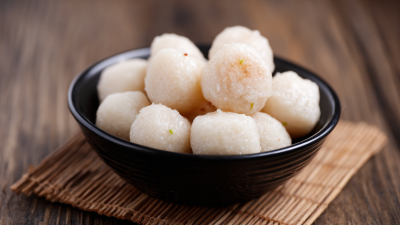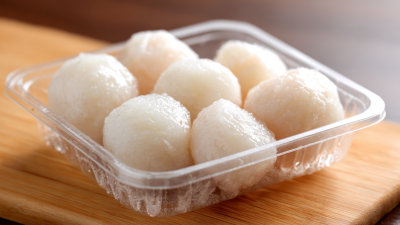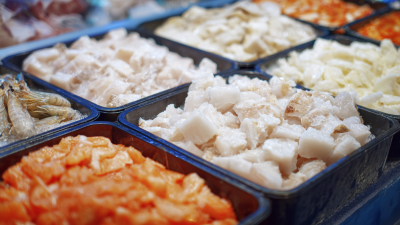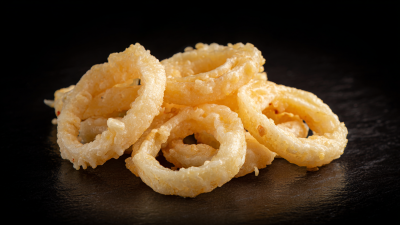Frozen Fish Balls have become a popular ingredient in many cuisines around the world, particularly in Asian countries where they are celebrated for their versatility and ease of preparation. According to a report by Market Research Future, the frozen seafood market is expected to grow significantly, driven by an increasing consumer preference for convenient and nutritious meal options. Specifically, the global frozen fish market is projected to reach USD 18.8 billion by 2025, with fish balls representing a notable segment due to their quick cooking time and ability to absorb flavors. Cooking Frozen Fish Balls to perfection can elevate your dishes, whether in soups, stir-fries, or as part of a hearty stew. This guide will delve into the best practices for preparing frozen fish balls, ensuring that you maximize their taste and texture while enhancing your culinary creations.
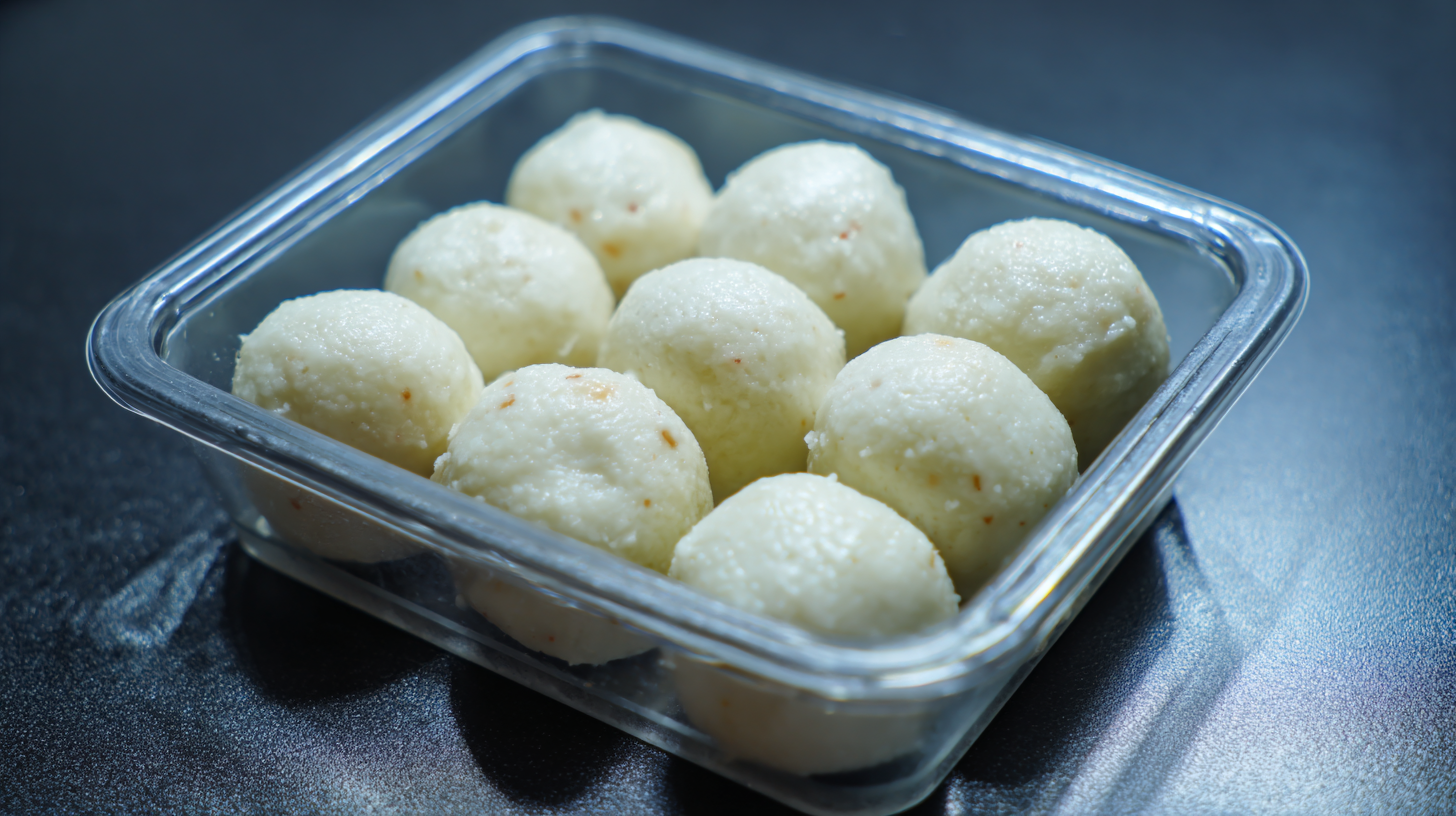
When it comes to cooking frozen fish balls, the first step to achieving optimal results is selecting the right type. Fish balls come in various formulations, ranging from those made with white fish to more exotic options that include a mixture of seafood. It's essential to consider the flavor profile you desire for your dish. For a mild and versatile taste, opt for traditional fish balls made from cod or pollock. These pair well with a range of sauces and recipes, ensuring they can enhance the overall dish without overpowering other ingredients.
In contrast, if you're looking for a bolder flavor, consider fish balls that incorporate spices or unique seafood blends. These varieties can add an exciting twist to soups, stir-fries, or curries. Additionally, be mindful of the processing methods; some frozen fish balls are pre-cooked, while others are raw and require thorough cooking to ensure safety. By choosing the right type for your cooking method and intended dish, you can elevate your meals and impress your guests with delightful seafood flavors.
Frozen fish balls are not only a convenient ingredient but also a source of essential nutrients that can greatly enhance your diet. Typically made from minced fish and other ingredients, these fish balls offer a good balance of protein and omega-3 fatty acids, which are important for heart health. Protein aids in muscle repair and growth, making fish balls a great addition to meals, especially for those active in sports or fitness.
In addition to protein, many frozen fish balls contain vital vitamins and minerals. Fish, being a common base ingredient, provides B vitamins, such as B12 and niacin, which are essential for energy metabolism and overall health. Moreover, these fish balls are often lower in calories compared to red meat options, allowing for healthier meal planning without compromising on taste. Incorporating frozen fish balls into your dishes can be an effective way to enjoy a nutrient-dense meal while providing your body with the essential components it needs to thrive.
| Nutritional Component | Amount per 100g | Daily Value (%) |
|---|---|---|
| Calories | 150 kcal | 8% |
| Protein | 14 g | 28% |
| Fat | 5 g | 7% |
| Carbohydrates | 10 g | 3% |
| Sodium | 700 mg | 30% |
| Omega-3 Fatty Acids | 1.5 g | N/A |
When it comes to cooking frozen fish balls, two popular techniques stand out: steaming and boiling. Steaming preserves the delicate flavors and textures of the fish balls while allowing them to cook evenly. By using a steamer basket or a bamboo steamer, you can gently cook the fish balls over simmering water. This method enhances the juiciness of the fish and prevents them from becoming rubbery. Depending on the size of the fish balls, steaming usually takes about 8 to 10 minutes, resulting in tender bites that are perfect for adding to soups, salads, or stir-fries.
On the other hand, boiling is a quicker method that can yield a different texture. When boiled, the fish balls cook faster, generally within 5 to 7 minutes. However, it's essential to monitor the temperature and avoid overcooking, which can cause them to break apart. Boiling works best if you want the fish balls to absorb the flavors of the broth or sauce they are added to. Ultimately, the choice between steaming and boiling depends on personal preference and the desired outcome for your dish.
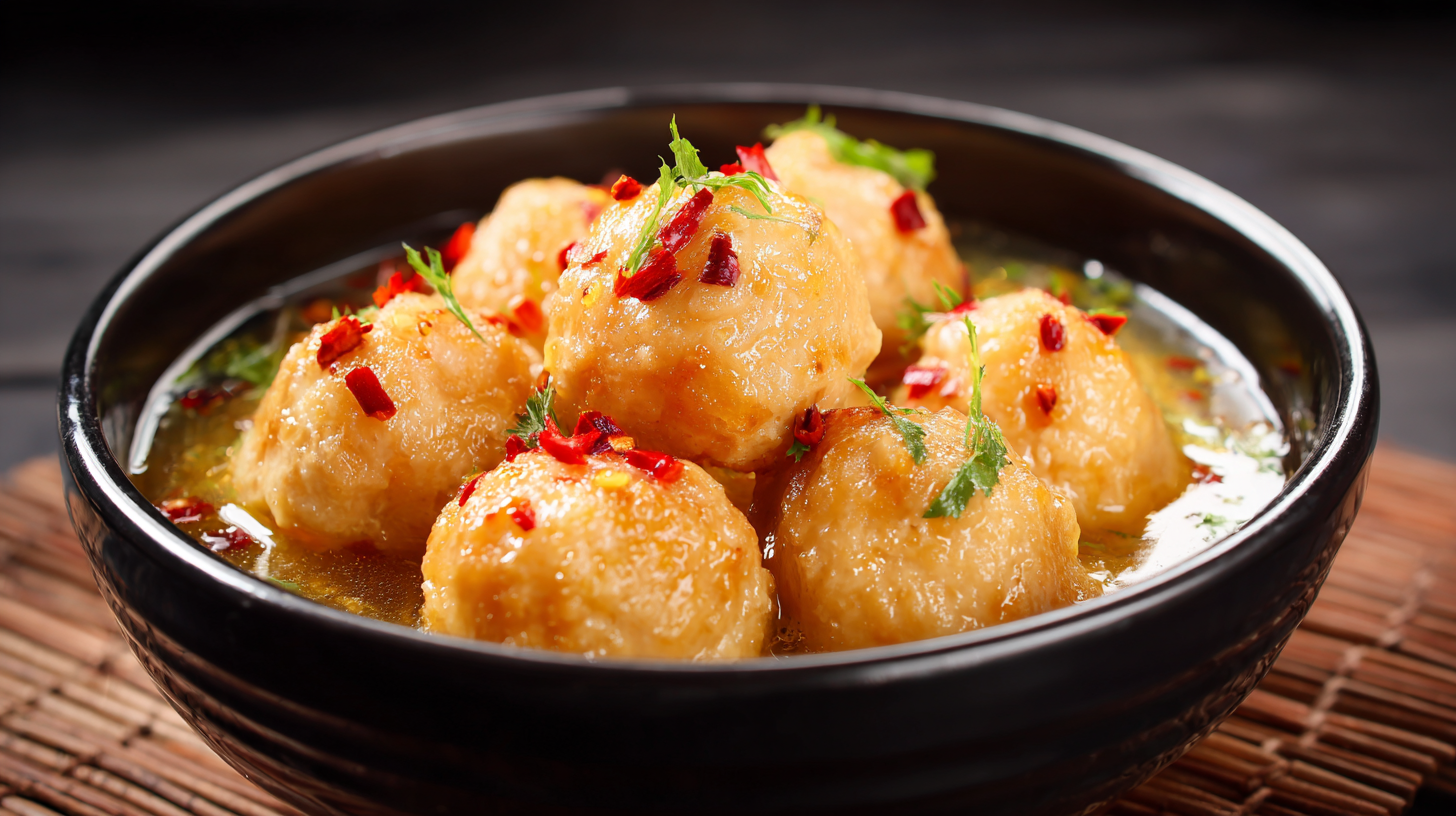
Frozen fish balls are a versatile ingredient that can elevate a variety of dishes. To bring out their full potential, pairing them with the right spices and sauces is key. A simple yet effective approach is to use Asian-inspired flavors. For example, a mix of soy sauce, ginger, and garlic can create a savory marinade that complements the mild taste of fish balls beautifully. Adding a splash of sesame oil enhances the umami notes and leaves a fragrant finish.
For a different approach, consider utilizing Mediterranean flavors. A blend of lemon zest, crushed red pepper, and fresh herbs like parsley or dill can infuse the fish balls with brightness and warmth. Serving them with a tangy yogurt dipping sauce or a zesty tahini dressing can add creaminess and richness, making the dish more satisfying. These flavor enhancements not only amplify the taste of the fish balls but also transform them into an exciting centerpiece for any meal.
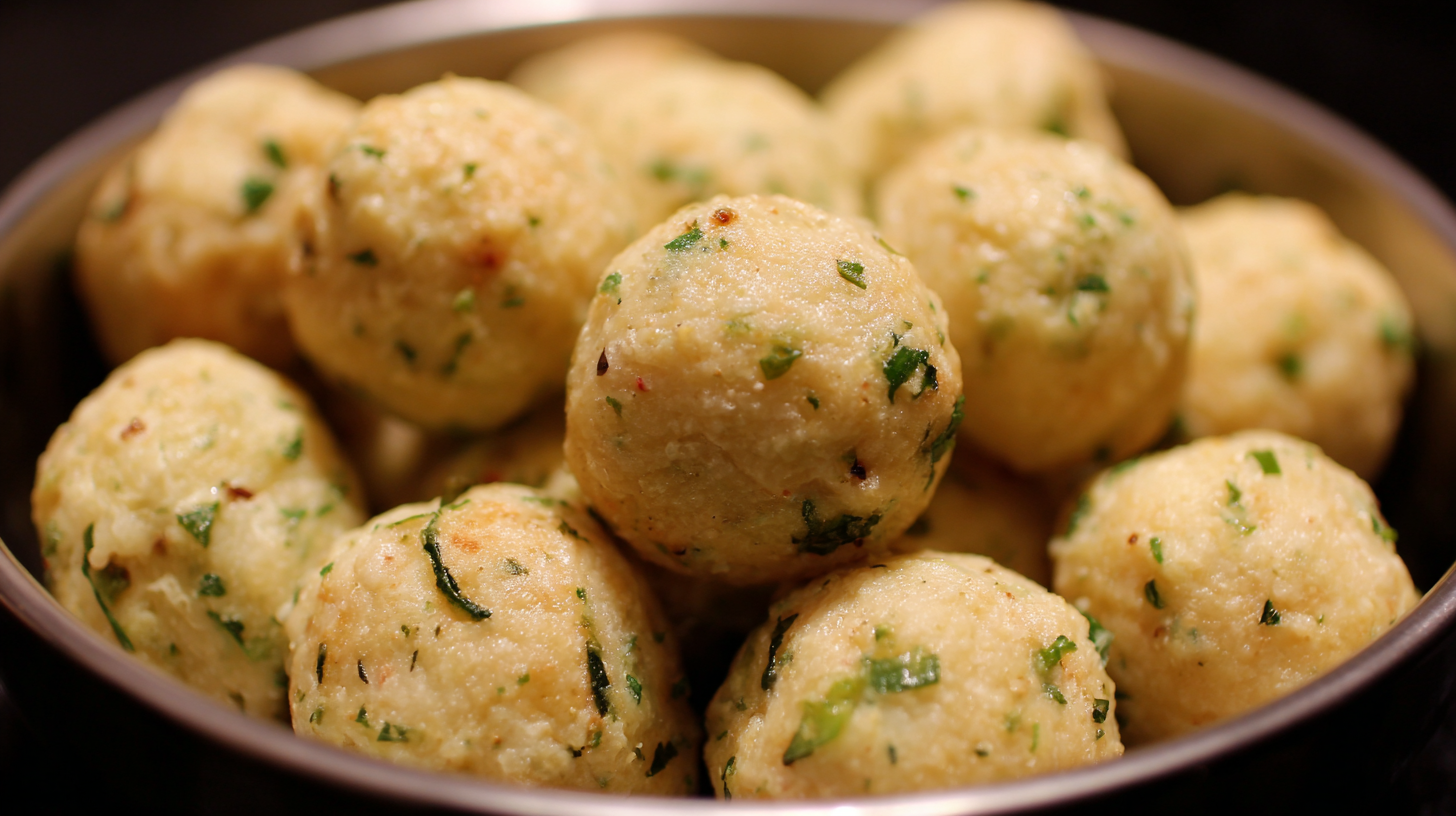 Cooking frozen fish balls can be a delightful addition to your meals, but it’s essential to avoid common mistakes to truly enhance their flavor and texture. One major blunder is cooking them straight from the freezer without any preparation. This can lead to uneven cooking and an undesirable rubbery texture. Always thaw them in the refrigerator for a few hours prior to cooking, which allows for even heating and better absorption of flavors from your chosen broth or sauce.
Cooking frozen fish balls can be a delightful addition to your meals, but it’s essential to avoid common mistakes to truly enhance their flavor and texture. One major blunder is cooking them straight from the freezer without any preparation. This can lead to uneven cooking and an undesirable rubbery texture. Always thaw them in the refrigerator for a few hours prior to cooking, which allows for even heating and better absorption of flavors from your chosen broth or sauce.
Another pitfall is overcrowding the cooking pan. When fish balls are placed too close together, they can steam instead of sear, losing that desirable crispy exterior. It’s better to cook them in batches to ensure they get the best possible cooking surface.
Tips: Make sure to season the cooking water or sauce well, as frozen fish balls often need extra flavor. Additionally, use a thermometer to check the internal temperature; they should reach at least 165°F to ensure they are fully cooked and safe to eat. Finally, consider using a non-stick pan or a bit of oil for frying to achieve that perfect golden-brown exterior.
